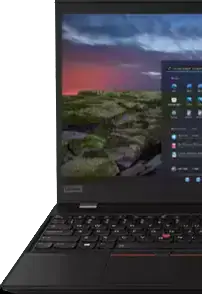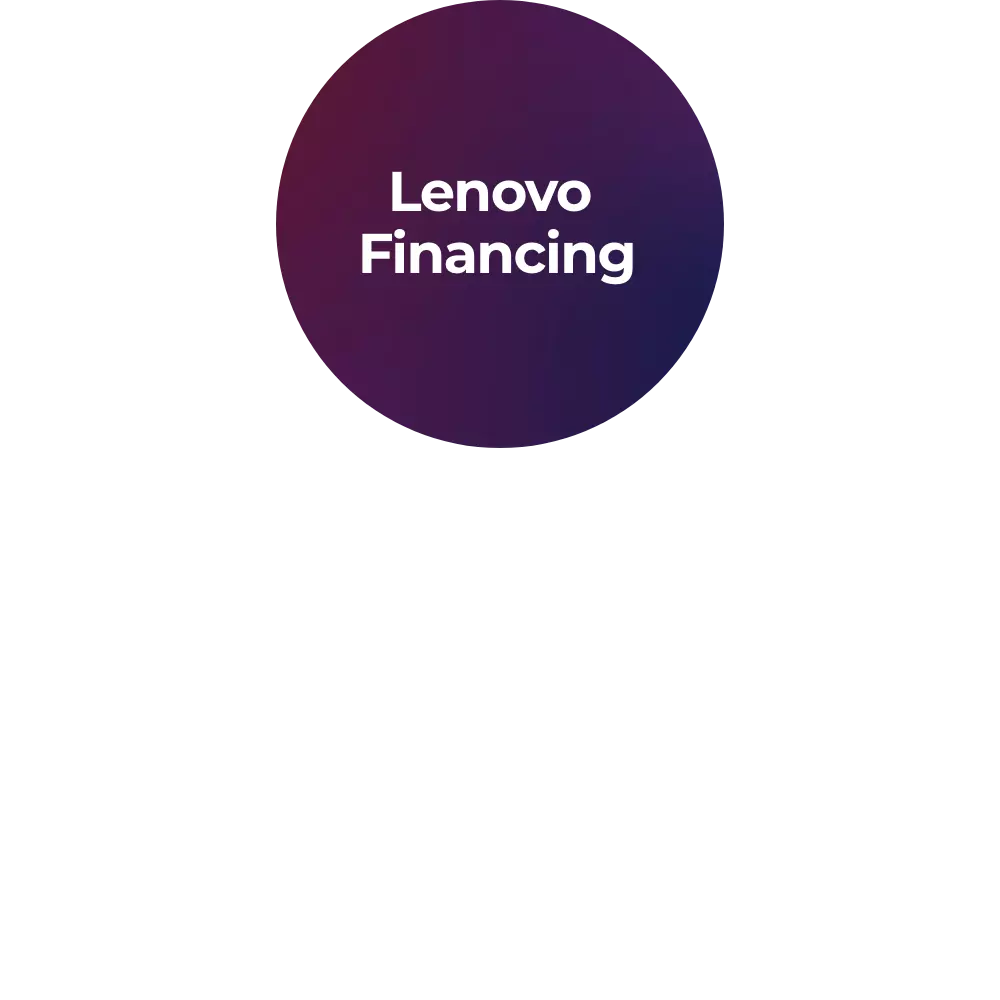What is I/O?
I/O stands for Input/Output and it is one of the most important concepts in computing. In simple terms, I/O refers to how computers communicate with the outside world. This communication occurs through sending and receiving data from peripheral devices like printers, keyboards, mice, monitors, etc. as well as other systems such as networks or databases. Basically, anything that involves taking input from a person or another system and then using that information to produce an output can be classified as an I/O operation.
How does I/O work on my computer?
On your computer, I/O works by allowing data to flow between two objects – an input device (such as a keyboard) which provides raw data and an output device (such as a monitor) which displays the results of processing that data. For example, if you type something into your keyboard then the computer will take that input and process it, then display the result on your monitor.
What is the difference between hardware and software I/O devices?
Hardware I/O refers to physical components such as hard drives, CPUs and memory cards while software I/O describes how these physical components interact with each other via programs or applications. Hardware devices are necessary for sending and receiving data while software provides a way for those devices to communicate cleverly and efficiently with each other.
What are some examples of common I/O devices?
Common examples of inputs include keyboards, mice and microphones; common outputs include speakers, monitors and printers. Examples of more complex inputs include webcams and touchscreens while complex outputs could be 3D models created from CAD programs or videos rendered from games engines.
How do I/O devices connect to my computer?
I/O devices typically connect to your computer over USB ports or wirelessly via Bluetooth technology, but they can also be connected internally through motherboard slots or onboard chipsets. The specific connection used depends on the type of input device being used but generally speaking they all have some form of connector which allows them to send signals back-and-forth with the computer's internal circuitry in order for it to process information correctly.
What is the purpose of I/O in computing?
The main purpose of I/O in computing is to allow a computer to interact with the outside world. By using input and output devices, computers can communicate with other systems, receive information from users and provide them with useful data or results. In essence, I/O allows for the "flow" of information between computers and the people who use them – without it, modern computing would be vastly different.
How does web development use I/O?
Web development uses I/O to facilitate communication between a website or web application server (which produces HTML and other content) and the user's web browser (which displays that content). The browser sends an HTTP request to the server which then responds with an HTML page or other type of media; this back-and-forth process allows for dynamic webpages as well as multiple types of data sharing such as videos, images, audio files and more.
What technologies are used for I/O on my computer?
The two most common technologies used for I/O on your computer are USB (Universal Serial Bus) and Bluetooth. USB is a wired connection which transfers data quickly but requires physical cables while Bluetooth is wireless technology which allows devices to communicate over short distances without additional hardware. Additionally, many newer machines also feature newer standards like Thunderbolt 3 which combine USB and DisplayPort capabilities into a single port!
What is the relationship between I/O and memory?
I/O and memory have a close relationship because they rely on each other in order to properly utilize a computer's processing power. Input devices transmit data to the computer's memory while output devices read information from that same memory in order to display it. Without adequate amounts of both input and output, a computer would not be able to effectively communicate with its users or other systems.
How does I/O affect my system performance?
I/O affects overall system performance because it involves reading, writing and transferring data across components and peripherals which can consume valuable resources like RAM or CPU cycles. Furthermore, certain types of I/O are more taxing on system resources than others; for example, streaming video requires more bandwidth than sending an email. Therefore, understanding how much data will be transferred by a particular operation is important for optimizing system speeds and preventing lag times.
What are some of the best practices for managing I/O?
Some best practices for managing I/O include using high-speed storage devices like solid state drives (SSDs) instead of traditional hard disk drives (HDDs); organizing files into folders in order to minimize time spent searching through them; utilizing caching techniques when performing repetitive tasks; leveraging cloud computing services where necessary; reducing network latency by optimizing server locations; streamlining code whenever possible; and avoiding unnecessary inputs or outputs when possible.
What are the benefits of using I/O?
The main benefit of using I/O is that it allows computers to interact with the outside world. This opens up many possibilities such as data sharing, streaming, remote access and more. Additionally, I/O can help improve system performance by making operations faster, more efficient and less prone to errors. Finally, when managed correctly, I/O can help conserve resources like CPU cycles and RAM which can make a significant difference in overall system health.
What types of I/O are there?
There are two main types of I/O: serial and parallel. Serial I/O involves transferring data one bit at a time while parallel I/O transfers multiple bits simultaneously. Additionally, there are many specific subtypes of I/O including keyboard input, mouse input, audio input, video output, storage devices like HDDs and SSDs, network interfaces and more. Each of these requires different methods for transferring data that must be considered when designing an overall system architecture.
How do I/O devices help me to interact with my computer?
IO devices help you to interact with your computer by allowing you to input data and/or receive output data from them. Input devices like keyboards & mice let you type in commands or select items onscreen while output devices such as speakers & monitors show you what your machines are doing. Many I/O devices also serve dual purposes – letting you both input and output – such as webcams which allow you to both see what’s happening onscreen and be seen by others.
What are some common input devices used for my computer?
Some of the most common input devices used for your computer include traditional keyboards, numeric keypads, touchscreens & pointing devices such as mice & trackpads. Additional peripherals you may use when interacting with your computer include joysticks, game controllers, scanners & digital pens – all of which allow you to enter data into your machine in various ways!
What are some common output devices used for my computer?
Common output devices used for your computer include monitors/displays – which provide visual feedback; speakers/headphones – which let you hear audio responses; projectors – which can present visuals onto large surfaces; and printers -which let you print material out onto paper. All of these peripherals are perfect for providing feedback from your PCs or communicating information you want others to see or hear!
How does the Internet relate to I/O devices?
The internet is one of the most important factors when it comes to I/O devices and their linkage with computers. We rely heavily on this globalized network as it provides you with a platform through which we can communicate data between two or more points without ever having to physically connect them together. Without it, complex tasks like streaming video would not be possible.














